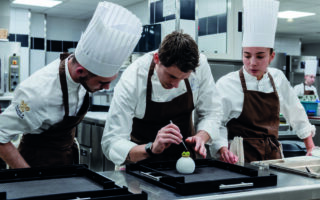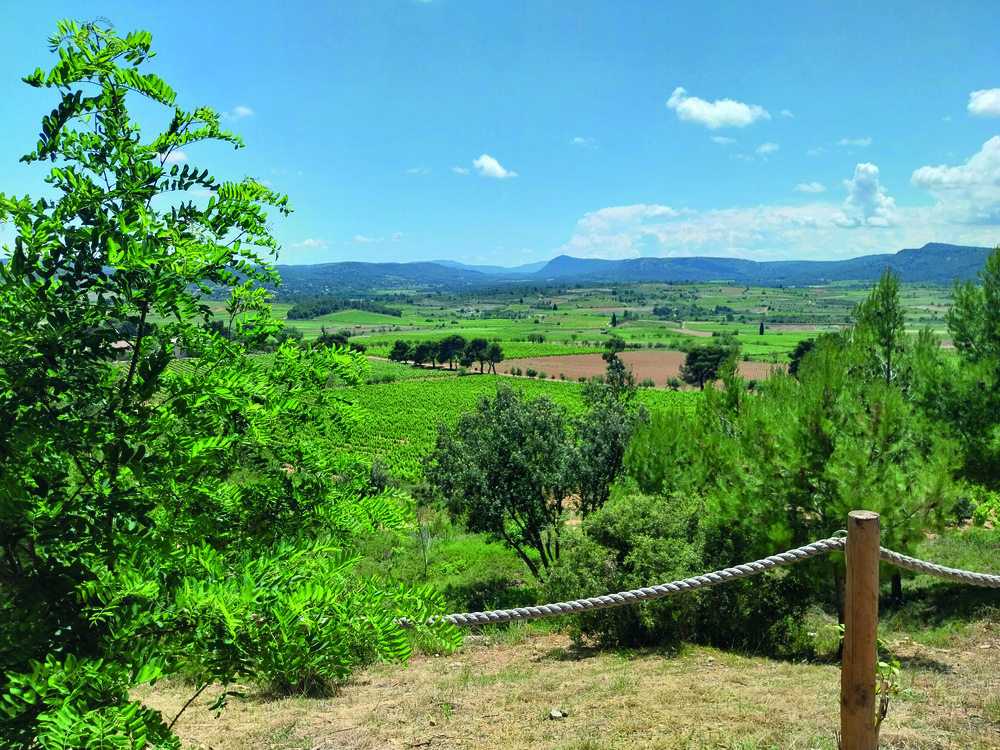
The vast and varied vineyards of Corbières
Heading east from his home in Carcassonne in Languedoc-Roussillon, Dominic Rippon delves into the vast and varied vineyards of Corbières…
The vineyards of Corbières cover a huge swathe of western Languedoc, lying at the heart of the region’s vinous identity. Situated in the Aude département, Corbières is by far Languedoc-Roussillon’s largest wine appellation, and the third largest in all of France, with nearly 9,000 hectares of vines, producing more than 280,000 hectolitres of wine annually.
Although Corbières is a mountain range in its own right, it is effectively a giant foothill of the Pyrenees, to the south. To the north, the appellation reaches down into the lower valley of the River Aude, stretching all the way east to Narbonne and the Mediterranean shores.
Most Corbières wine is red in colour and robust in style, made from Grenache noir, Carignan, Mourvèdre, Lledoner Pelut, Syrah and Cinsault grapes. In step with the growing global thirst for rosé, 15% of Corbières is now pink, made from the same grapes as its red wines; while white wine has also grown to represent 5% of the appellation. These whites can be delicious, made from Grenache blanc.
Macabeu, Roussanne, Marsanne and Vermentino grapes, giving zesty aromas and delicate flavours that partner wonderfully with the fish and seafood caught from the nearby Mediterranean.
Trailblazing vineyards
The sheer scale of Corbières means it enjoys a high level of consumer recognition, making it a veritable treasure trove for wine enthusiasts. But such a vast array of different growing zones under a single banner can also be confusing for the uninitiated.
The first efforts to delineate the vineyards of Corbières more specifically came in 2005, when the sub-appellation of Corbières-Boutenac was created for red wines. Some 220 hectares of iron-rich clay-limestone soils, centred around the village of Boutenac, south-east of Lézignan-Corbières, were found to give wines with a unique balance of powerful dark fruit flavours and mineral finesse. The Carignan grape, particularly, when blended with Syrah, Grenache and Mourvèdre, made truly exceptional garrigue-scented reds. From the 2022 vintage, wines from this area could be labelled simply as Boutenac, without the mention of Corbières – and this became mandatory from 2024.
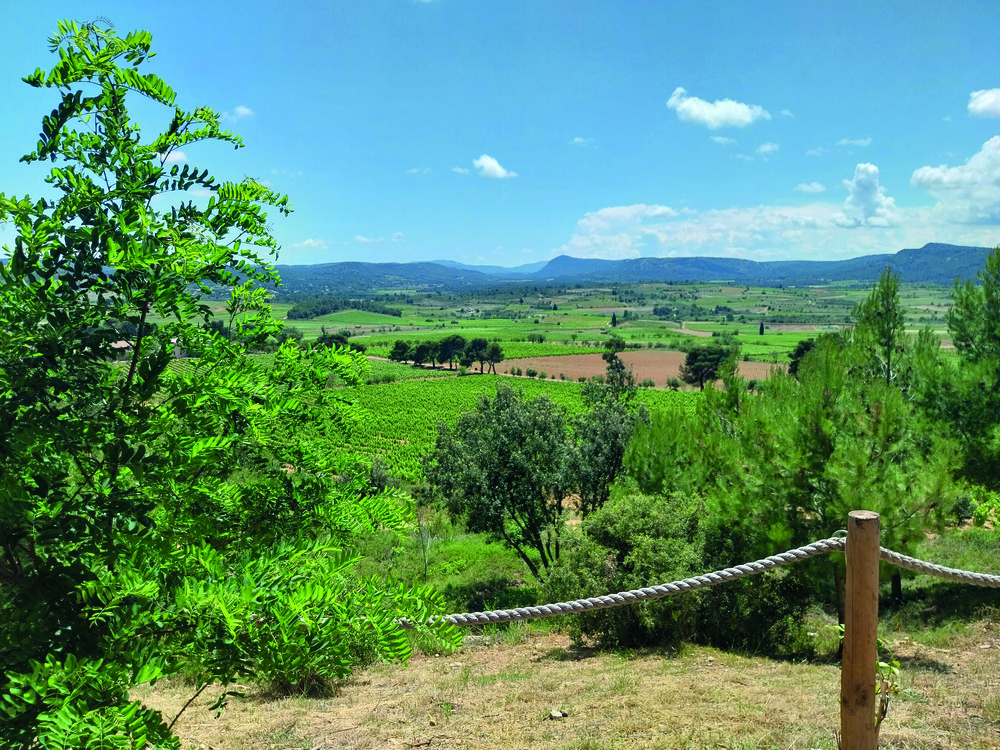
It is, of course, no surprise that these vineyards were already a hotbed of winemaking excellence. Among the estates that led the way in creating Corbières-Boutenac was Château Ollieux-Romanis, perched in the hills outside the village of Boutenac. Ollieux-Romanis is at the forefront of wine tourism, with its vineyard restaurant Des Ollieux and panoramic La Touketa terrace, where diners can taste the estate’s excellent wines with local fare in the summer months.
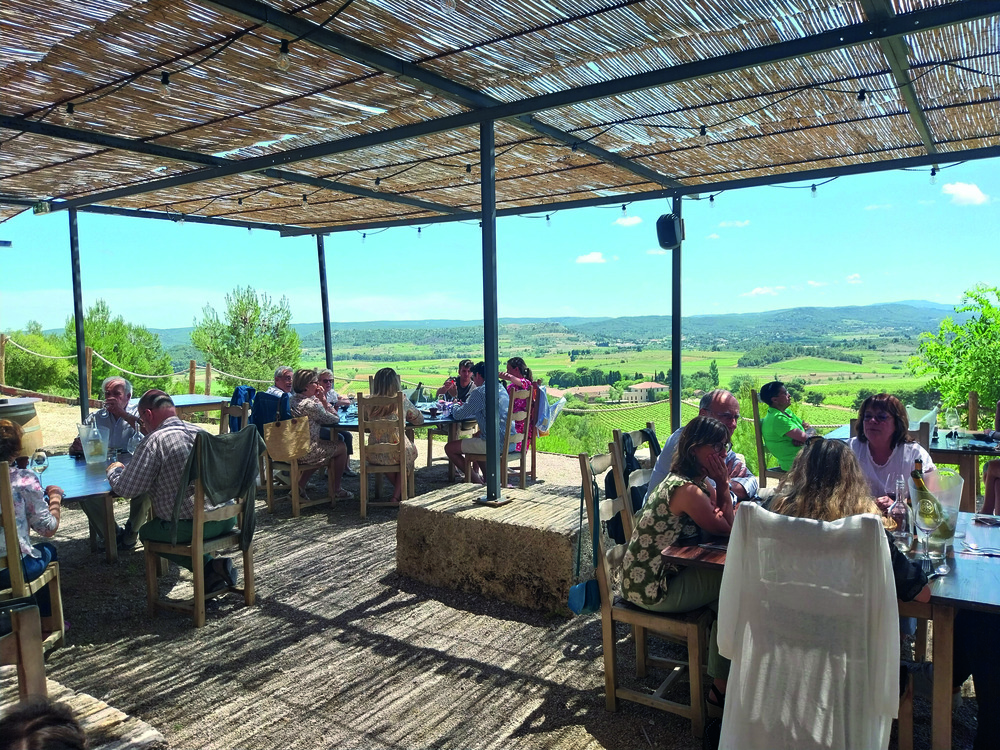
New ambition
Around a decade ago, murmurings began about a collection of other sub-zones that might one day follow in the footsteps of Boutenac in appending their names to the Corbières appellation, giving wine drinkers a clearer idea of where their wines are grown. As the project has developed, five distinct zones have emerged: Montagne d’Alaric, Terrasses de Lézignan, Terroir de Lagrasse, Corbières-Durban and Port Mahon. These Dénominations géographiques complémentaires will be studied by the Institut National de l’Origine et de la Qualité for official recognition in the years to come.
Into the mountains
The vines appear almost immediately to the south-east of Carcassonne, as the towering Montagne d’Alaric looms into view. Rising to an altitude of 600m, this is Corbières highest peak, named after Alaric, king of the Visigoths in the 5th century, who is said to be buried at the foot of the mountain.
The vineyards that climb the mountain’s slopes are planted on a complex mix of sedimentary clay and limestone soils, at the point where the greater Pyrenean range spills into the Aude Valley. These are Corbières most westerly vineyards, where the Mediterranean climate begins to give way to the Atlantic’s influence, receiving more rainfall than vineyards further east.
The sleepy winemaking village of Douzens, 20 minutes east of Carcassonne, is home to many of Alaric’s best vignerons, including Christelle Alias, of Domaine Sainte Marie des Crozes. The estate’s wines are made organically and typify the fresh, juicy style of the area’s red wines, in which Grenache, Syrah and Carignan play a starring role.
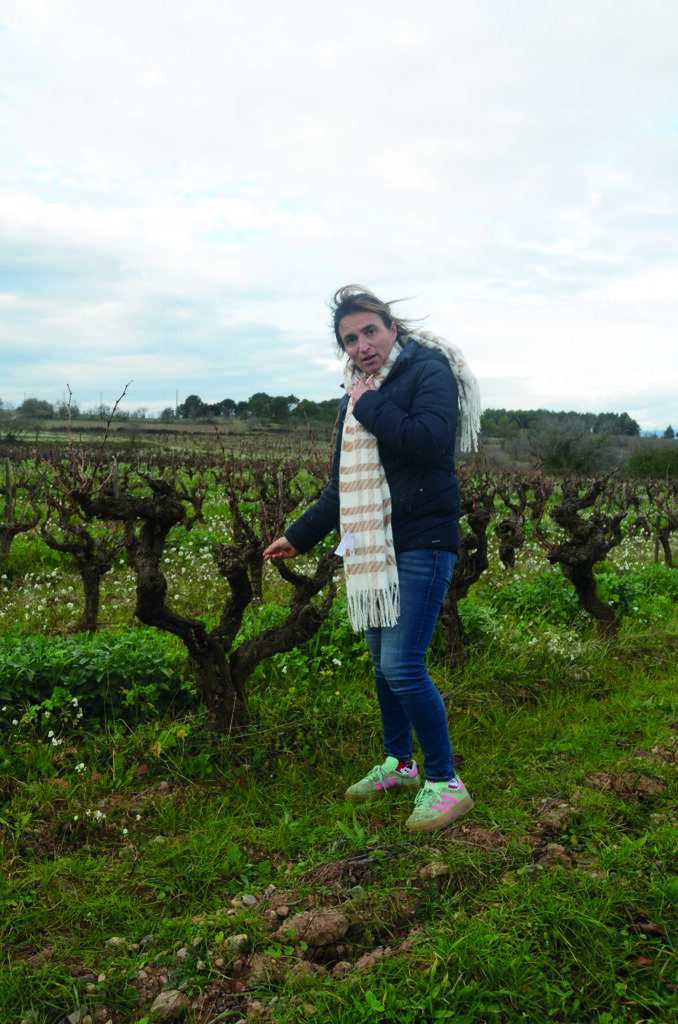
Also excellent are the floral, mineral-laced Corbières whites – which Christelle admits have remained “somewhat hidden compared with the now-famous whites of Roussillon to the south – but which she believes have a bright future.
Further to the east, the Terrasses de Lézignan vineyards surround the rapidly expanding market town of Lézignan-Corbières. Its clay-limetone vineyard terraces are overlaid with small boulders, where Syrah grapes thrive alongside Grenache and Carignan, giving plump, rounded wines with plenty of spice.
The Fabre family are showing the way in this zone, with a powerful new blackcurrant-and chocolate-scented blend of Syrah and Carignan, proudly labelled Terrasses de Lézignan. The family is based at Château de Luc, where Clémence Fabre is pioneering a new approach to wine tourism, with regular tastings, events and even a wine-related escape game on the estate.
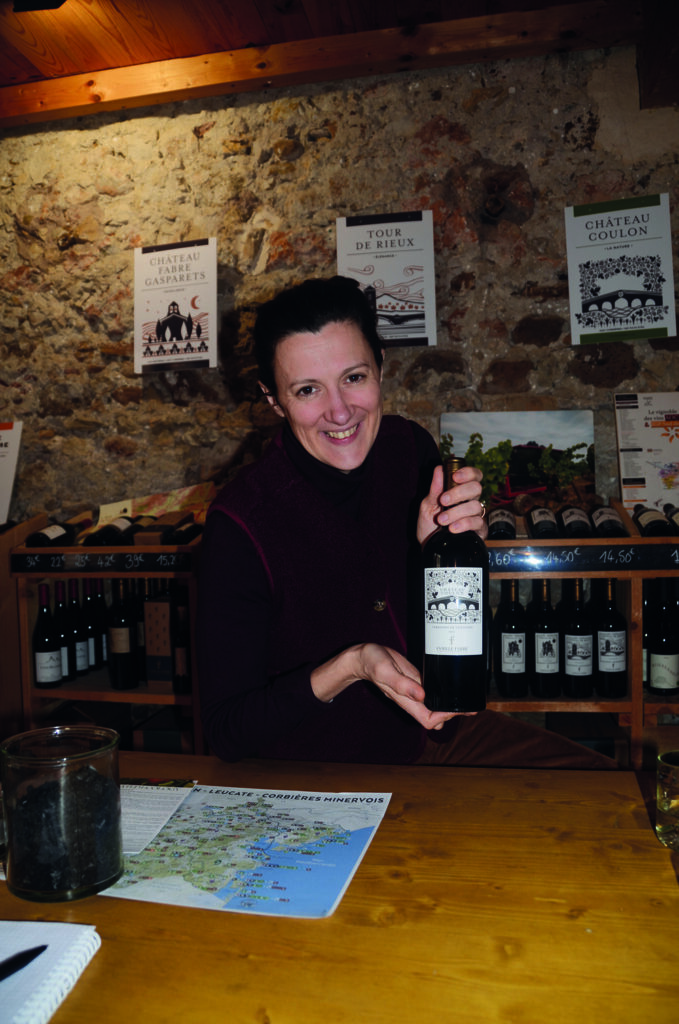
Monastic history
As the road snakes further into the Corbières hills, the landscape becomes still more rugged, peppered with medieval villages in which time has stood still. Lagrasse itself is a Plus Beau Village and the jewel in the crown of the southern reaches of Cathar Country. Its half-timbered dwellings and ancient covered market are overlooked by the Abbaye Sainte-Marie de Lagrasse, a working monastery dating from the 8th century which once owned many of the area’s vineyards.
The vineyards of Lagrasse appear as a series of hidden terraces, amphitheatres and plateaux, where clay-limestone soils are joined by sandstone and a little schist. Syrah does well in these hills, where cool nights give refined violet and mint aromas and velvety tannins, indeed, Syrah may be stipulated as the majority component in Terroir de Lagrasse blends when the denomination is launched. Grenache also plays an important role, while old Carignan bush vines that happily resisted the push to grub up the variety in the 1990s add concentration and elegance.
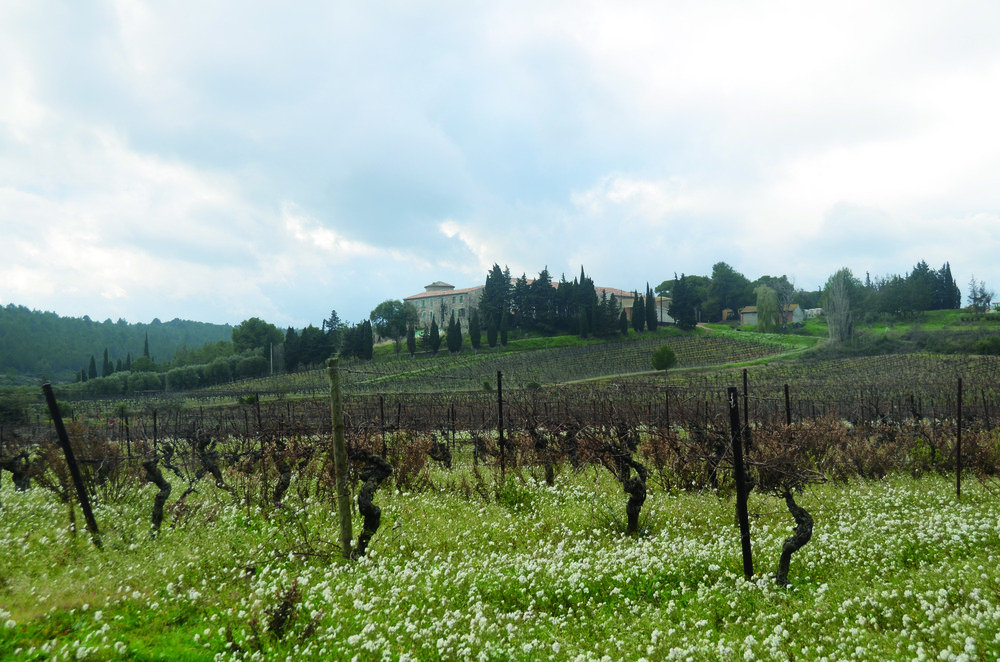
Perched on a remote hillside near Lagrasse, Château Pech-Latt is a grand, imposing structure, which is a part of the ancient monastic estate that can trace its history all the way back to the 12th century. And it has been a pioneer of organic viticulture since the 1970s. A producer of deliciously elegant red wines, the estate is currently undergoing a complete renovation and has ambitions to be at the centre of the area’s wine tourism in the years ahead.
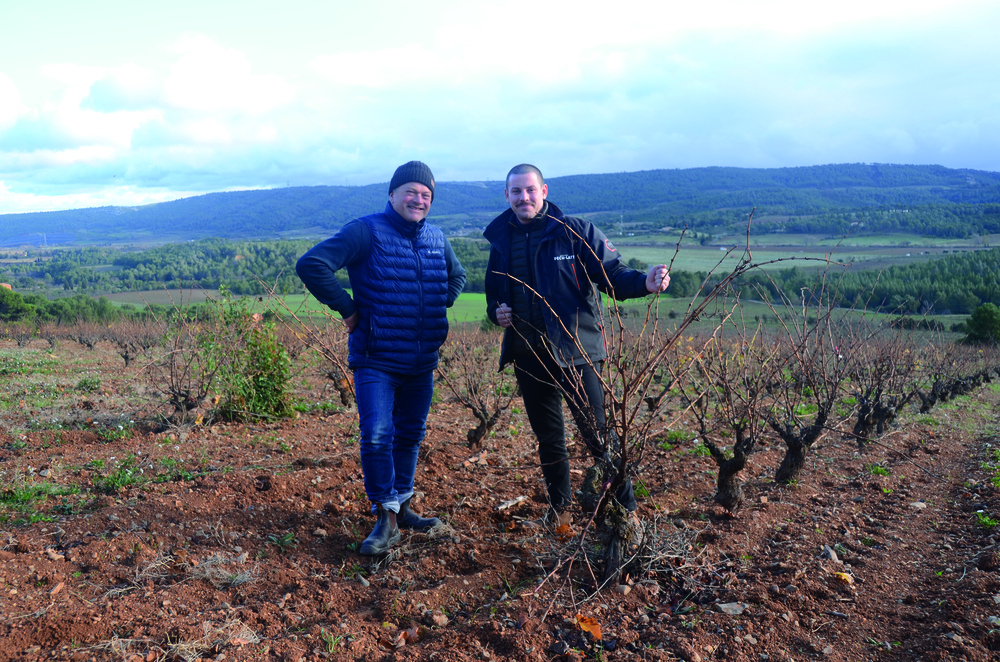
Outstanding natural beauty
Corbières most remote sub-zone is also arguably its most beautiful. Corbières-Durban sits between the dual poles of the smaller Fitou appellation, on the border with Roussillon to the south. This is wild, wind-swept country with a pure Mediterranean climate where old vine Carignan comes into its own, supported by Grenache and Mourvèdre, on limestone and schist soils.
The area’s winemaking is dominated by Castelmaure, one of the region’s oldest and most dynamic cooperative cellars. Its Corbières Rouge ‘La Pompadour’ is a firm favourite in the region’s restaurants, showcasing the richness of old vine Carignan. blended with Syrah and Grenache.
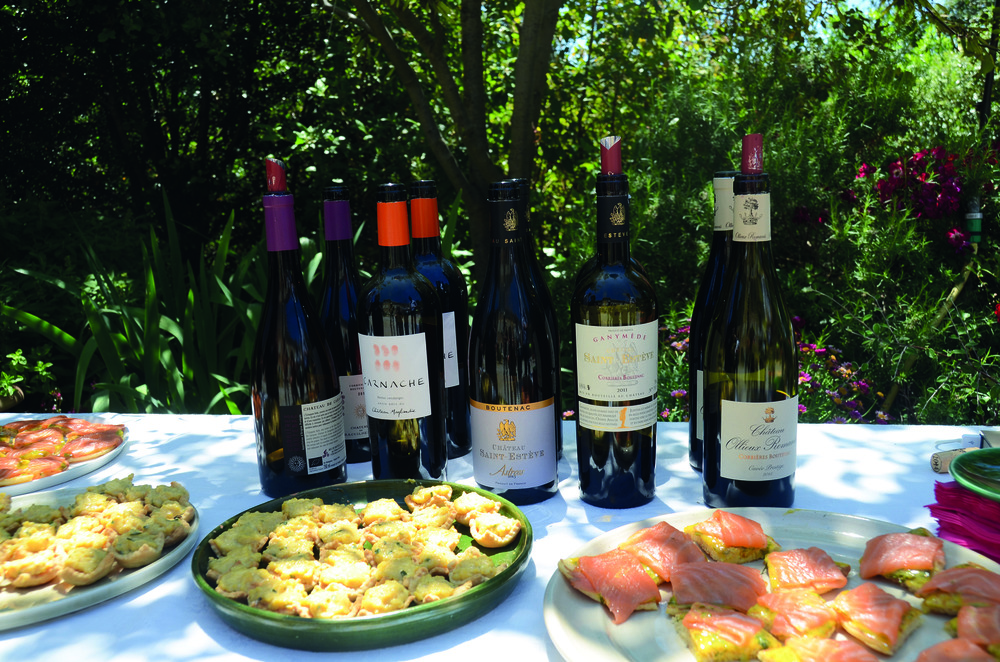
Coastal charm
The vineyards that rise into the Corbières hills from the salt lakes south of Narbonne are the very cradle of French viticulture, established by the Romans in the 1st century AD. The Port Mahon growing area, which surrounds the Sigean safari park, is a giant amphitheatre of vines that faces east towards the salt lakes. Cooling sea breezes and westward-bound rains give the wines a refreshing, saline quality. This is a terroir of predilection for the emerging white wines of Corbières, especially in the hands of estates like Château de Lastours, whose oaked blend of Vermentino and Roussanne sells out within months of bottling. Wines like these are well-kept local secrets, like the idiosyncratic oyster shacks and charming villages that line the coast. The beachside village of Gruissan, where Jean-Jacques Beineix’s 1986 film Betty Blue was set, is perhaps the perfect place to end a discovery of Corbières. Its vineyards are unique in that they are spanned by the Languedoc, Corbières and La Clape wine appellations. Scattered beneath Gruissan’s ruined hilltop château and around the iconic beach chalets are some of the area’s best restaurants – an ideal place to sample wines from Corbières and beyond.
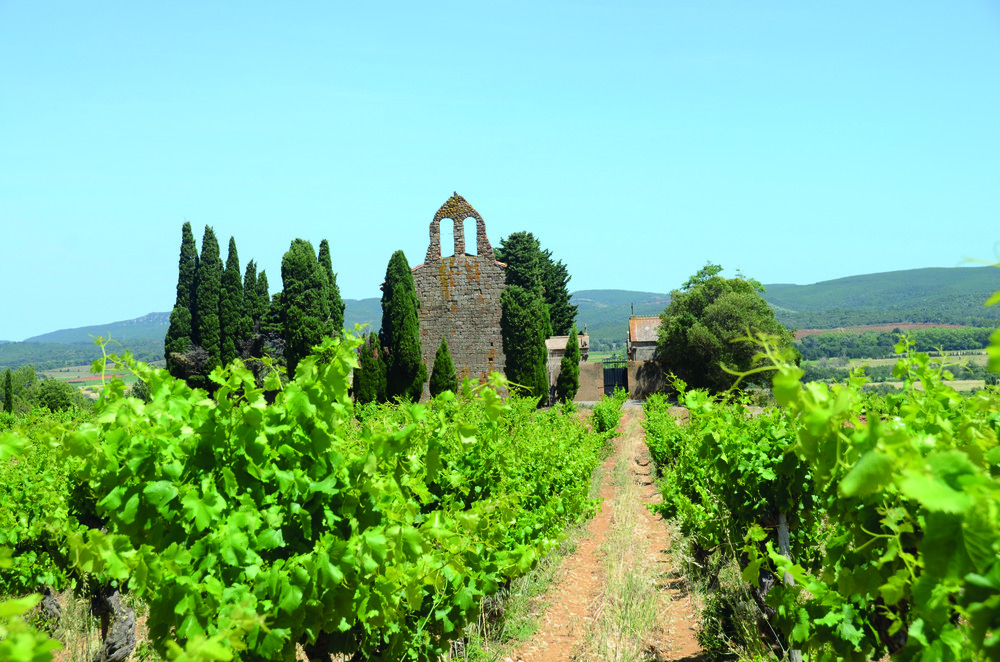
Looking for more French food and drink content?
In our magazine we offer a whirlwind tour of the best gastronomic destinations. Discover La Belle France’s renowned markets, quirkiest food festivals, most indulgent restaurants and foodie experiences.

Lead photo credit : View from La Touketa restaurant at Chateau Ollieux Romanis by Dom Rippon
Share to: Facebook Twitter LinkedIn Email
More in Carcassonne, Languedoc, Wine



